Kalira: A Symbol of Blessings in Indian Weddings
Kalira is a traditional bridal accessory that holds deep cultural and spiritual significance in Indian weddings, particularly in Punjabi and Sikh cultures. These delicate ornaments, often made of gold or silver, are adorned with intricate beads, pearls, or bells and are worn by the bride to symbolize protection, good fortune, and prosperity in her married life.
The Meaning Behind Kalira
Kalira carries profound symbolic meaning for the bride and the newlywed couple. Traditionally, it represents the bride’s transition from singlehood to married life. It is believed that the Kalira brings blessings for a prosperous, joyful, and fruitful future. The bells or umbrella-like design of the Kalira are said to ward off negative energy and ensure that the couple’s union is protected by positive vibrations. This makes it not only a beautiful ornament but also a spiritual charm.
Rituals Involving Kalira
The Kalira is an integral part of various rituals performed during the wedding. One popular tradition is when the bride shakes the Kalira over her unmarried friends or relatives. According to custom, the person whom the Kalira touches will be the next to get married. This playful and lively ritual spreads joy among the guests and adds a sense of anticipation to the wedding festivities.
The Kalira also plays a role in marking the bride’s departure from her parental home.
Kalira as Bridal Jewelry
In addition to its spiritual significance, the Kalira enhances the bride’s beauty. It is typically worn with traditional bridal jewelry like bangles, maang tikka, and kamarbandh, complementing the bride’s attire, whether a lehenga, saree, or other traditional bridal outfits. The Kalira’s delicate design and light tinkling sound add an elegant touch to the bride’s ensemble, making her feel even more special on her big day.
Conclusion
The Kalira remains an essential part of Indian weddings, symbolizing blessings, love, and prosperity for the bride and the couple.


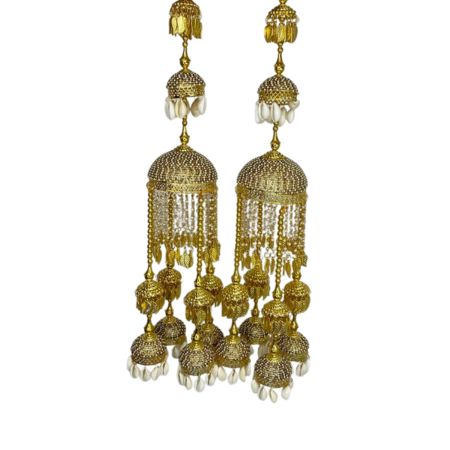
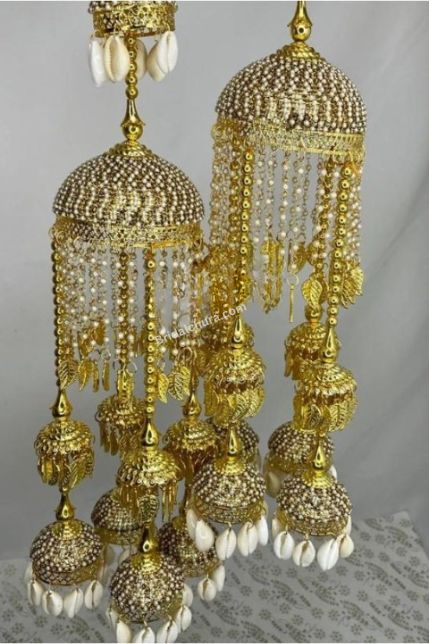
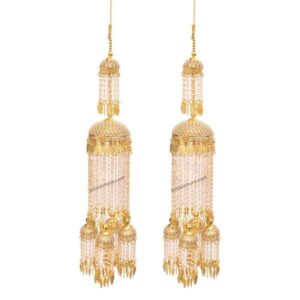
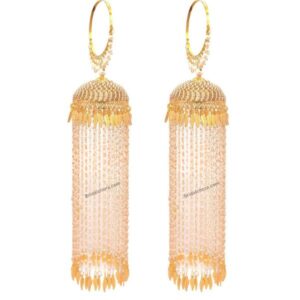
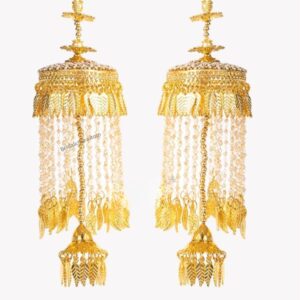
Reviews
There are no reviews yet.